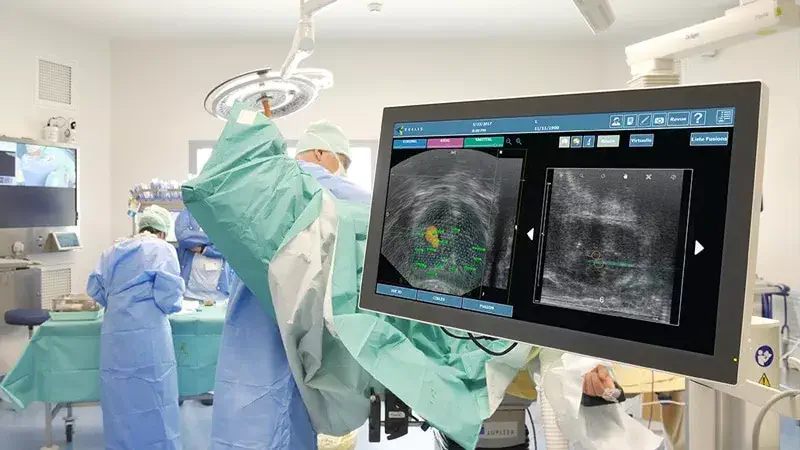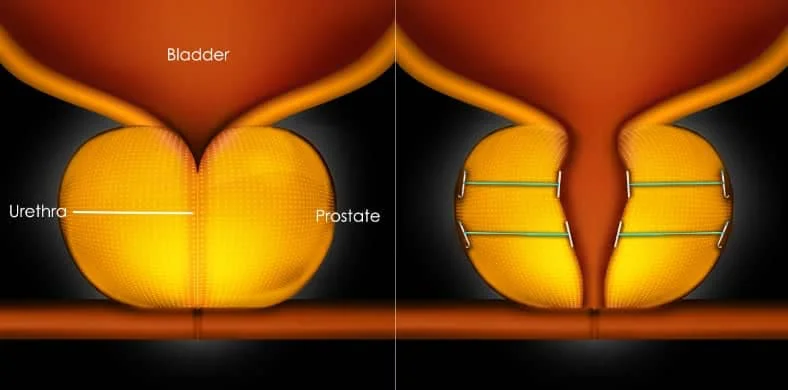
Bluelight Biopsy
BlueLight Cystoscopy with Cysview is a diagnostic procedure used to detect bladder cancer. It is performed using a specialized type of cystoscope called a blue light cystoscope, which uses a blue light to highlight abnormal cells in the bladder.
During the procedure, a cystoscope (a thin, flexible tube with a light and camera on the end) is inserted through the urethra and into the bladder. Once inside the bladder, the blue light is used to illuminate the bladder and highlight any abnormal cells. If any suspicious areas are found, a biopsy may be taken. A biopsy is a small sample of tissue taken from the bladder for examination under a microscope.
Bluelight biopsy is performed as an outpatient procedure, meaning that the patient can go home the same day. Before the procedure, the patient should inform the doctor of any medications they are taking and any allergies they have. The patient may be asked to do a urinary catheterization before the procedure. During the procedure, the patient may feel some discomfort or pressure, but it should not be too painful.
After the procedure, the patient may feel some discomfort or mild pain in the lower abdomen, but it should not be too severe. The patient will be given instructions on how to care for themselves after the procedure, including how to care for the urinary catheter if one was used, and when to return for follow-up.
It's important to note that the procedure is only diagnostic and if the biopsy results come back positive for cancer, further treatment may be necessary such as transurethral resection of bladder tumor (TURBT) or cystectomy.








